/8a209efd-5847-4db4-aced-0b6770094510.png)
Improve Your Performance with Self Evaluation Examples | Increase Physical Agility in Seconds
Review Rating Score
Self-evaluation is an essential tool to assess your skills, knowledge, and abilities. Conducting regular self-evaluations can help you understand your strengths and areas for improvement, enabling you to devise strategies to boost your productivity, creativity, and overall performance. In this article, we provide examples of self-evaluation for physical agility, specifically running and pulling.
Physical Agility Self-Evaluation Examples
A self-evaluation for physical agility can help you measure your performance in activities that require strength, endurance, and speed. Some examples include running and pulling exercises. Let's take a look at some examples of physical agility self-evaluation:
- Running: Set a stopwatch and run for a specific number of seconds, such as 30 seconds, 1 minute, or 5 minutes. Measure the distance covered during that time and compare it to your previous scores or benchmarks. For instance, if you ran 400 meters in 1 minute, aim to increase it to 450 meters in the next test. This exercise can help you assess your cardiovascular fitness, endurance, and speed.
- Pulling: Tie a rope to a weight or resistance object and attempt to pull it for a set duration, such as 10 seconds, 30 seconds, or 1 minute. Measure the distance covered during that time and record your score. A higher score indicates greater strength and endurance.
Why Conduct A Physical Agility Self-Evaluation?
Conducting a physical agility self-evaluation offers several benefits:
- Identify performance gaps: By tracking your scores and noting areas for improvement, you can identify performance gaps and devise strategies to address them. For instance, if you struggle with endurance, you can focus on cardiovascular fitness exercises to improve it.
- Set achievable goals: Setting benchmarks and measurable goals can help you stay motivated and focused on achieving your desired outcomes. By breaking down larger goals into smaller, achievable targets, you can celebrate your progress and feel a sense of accomplishment.
- Track progress: Regular self-evaluations enable you to track your progress over time, and identify areas where you've made significant improvements. This can help you maintain positive momentum and feel confident in your abilities.
Get Your Physical Agility Self-Evaluation Examples Template
To help you conduct a comprehensive self-evaluation for physical agility, we've created a customizable template in DOCX format. Download it today from BizzLibrary.com and start assessing your strengths and areas for improvement. Remember, self-evaluation is a powerful tool for personal and professional growth, so make it part of your regular practice.
Visit BizzLibrary.com to access a wide range of business document templates, including self-evaluation templates, performance review templates, and more. Download now and take charge of your career development!
Is the template content above helpful?
Thanks for letting us know!
Reviews
Robby Dean(6/28/2023) - DEU
Thank you for the letter!!
Last modified
Our Latest Blog
- The Importance of Vehicle Inspections in Rent-to-Own Car Agreements
- Setting Up Your E-mail Marketing for Your Business: The Blueprint to Skyrocketing Engagement and Sales
- The Power of Document Templates: Enhancing Efficiency and Streamlining Workflows
- Writing a Great Resume: Tips from a Professional Resume Writer
Template Tags
Need help?
We are standing by to assist you. Please keep in mind we are not licensed attorneys and cannot address any legal related questions.
-
Chat
Online - Email
Send a message
You May Also Like
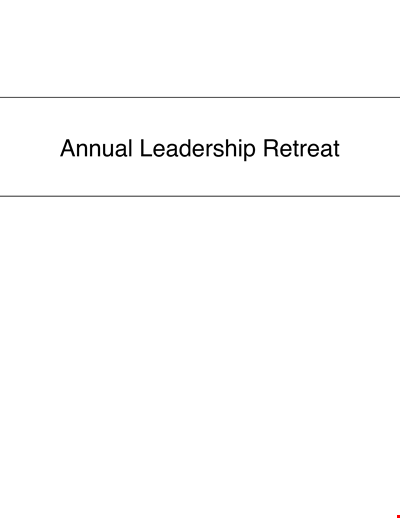
Sample Leadership Retreat
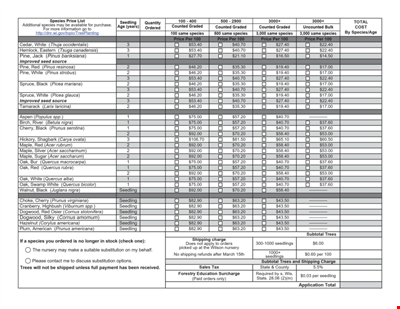
Seedling Price List - Affordable Saplings for Your Garden | Buy Best Quality Seedlings Online
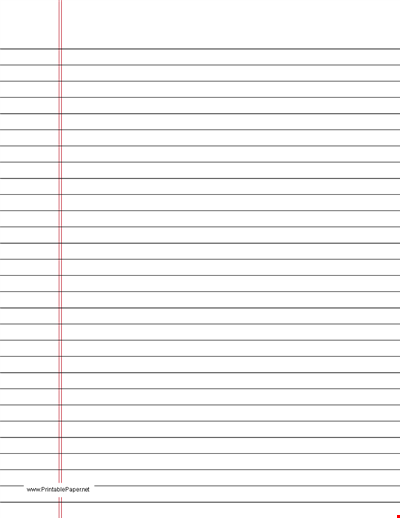
Colored College Ruled Paper

College Ruled A Size Paper Template
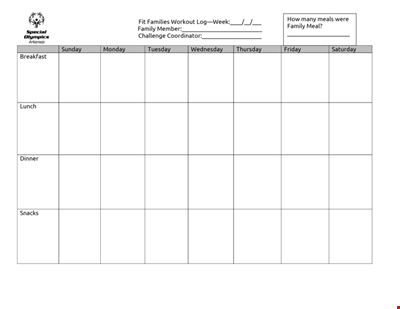
Get Fit as a Family with our Printable Workout Log | Track your progress and stay motivated

Download Beautiful Birth Announcement Template

Fitness Therapy Schedule Template - Water, Exercise Classes, Stretch
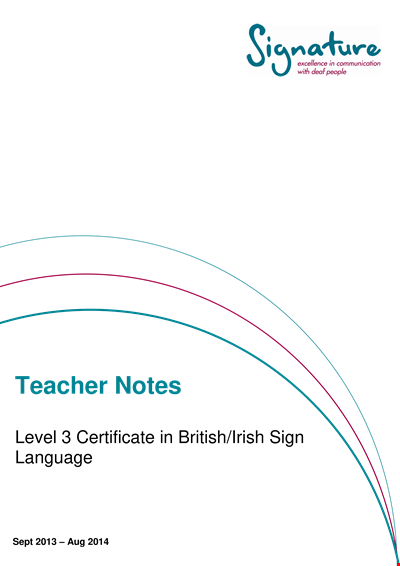
Excellence in Education

Download MLA Reference Style Format: The Ultimate Guide with Examples
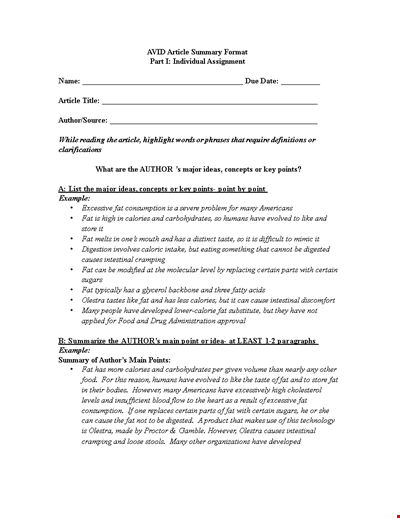
Sample Article Summary Template - Write Effective Summaries Easily
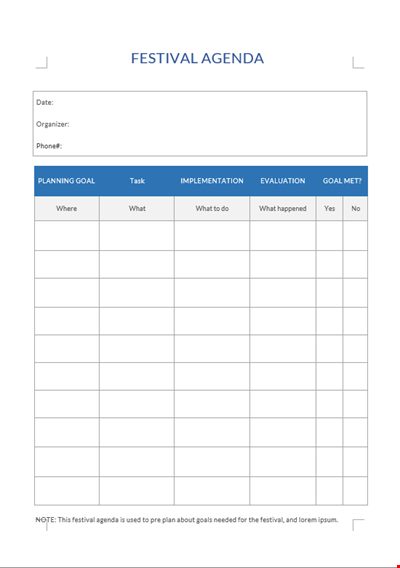
Festival Agenda A4
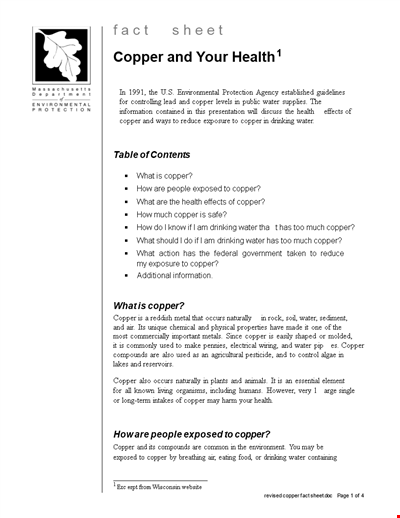
Fact Sheet Template - Health, Water, Copper, Drinking Levels
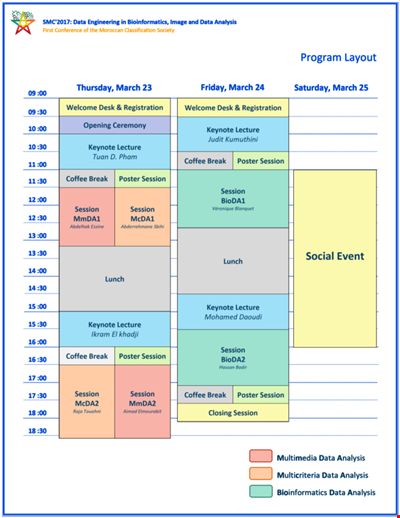
Social Event Program Layout
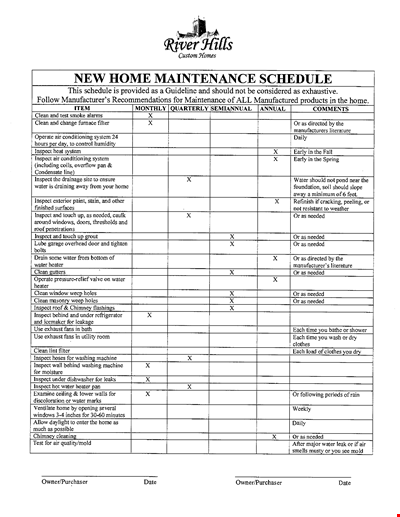
Organize Your Home Maintenance with our New Template

Church Leadership Qualities Example

Non Profit Board Agenda